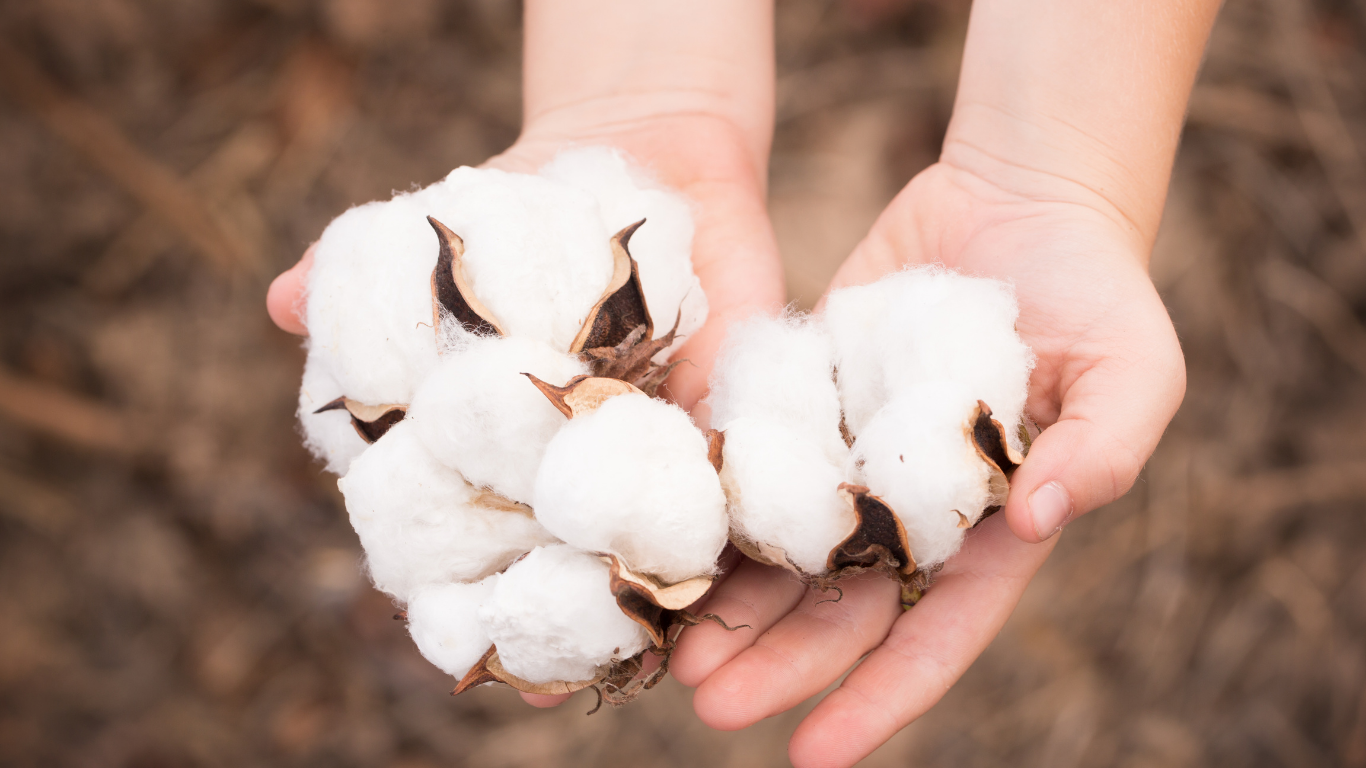Tariffs, another form of taxes, are taxes or duties that a government charges on goods coming into or going out of their country. Import tariffs are taxes charged to imported products. On January 15, 2020, the U.S. and China signed the “Phase One” trade agreement, which eased two-year trade tensions between the two countries. In the Phase One trade agreement, China agreed to purchase no less than $12.5 billion U.S. agricultural products above the corresponding 2017 baseline amount in 2020, and no less than $19.5 billion above the 2017 baseline amount in 2021.
The cotton industry was caught in the middle of the trade war. Additional 25% Chinese import tariffs were implemented on U.S. raw cotton. After signing the Phase One trade agreement, China implemented a temporary lift of the retaliatory tariff for some U.S. products, including cotton (HS code 5201).
Since then, the purchase of U.S. cotton by China has increased. As shown in Figure 1, Chinese purchases of U.S. cotton in 2020 and 2021 exceeded the number of Chinese purchases for the five-year average between 2015 and 2019. Especially in 2020, the Chinese purchase of U.S. cotton supported cotton prices, and is one of the major reasons for cotton price recovery after the pandemic lockdown implemented in most Asian countries in the earlier months of 2020. The cotton purchases by China in 2021 from the U.S. were lower than what was in 2020, primarily due to the high cotton prices.
However, China’s purchase obligation of U.S. agricultural products under the Phase One Trade agreement only lasts until the end of 2021. The Phase One trade agreement stated that the trajectory of increases in U.S. agricultural goods purchased by China will continue in 2022 through 2025. However, producers need to be aware of the uncertainty of China’s future years’ cotton purchase and adjust their risk management strategies accordingly.
Figure 1. U.S. Cotton Export to China. Data includes cotton and cotton linters. Data Source: USDA FAS.

Liu, Yangxuan. “China’s Purchase of U.S. Cotton Increased in 2020 and 2021“. Southern Ag Today 2(3.4). January 13, 2022. Permalink

